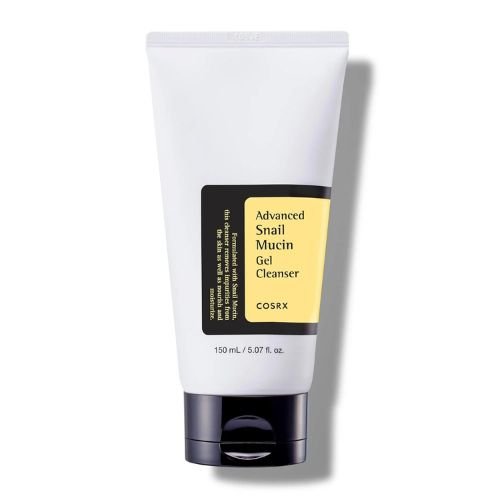
Cetaphil Moisturizing Lotion Travel Size 59 ml
৳ 800.00 Original price was: ৳ 800.00.৳ 600.00Current price is: ৳ 600.00.
Benefits of Cetaphil Moisturizing Lotion Travel Size (59 ml) in short bullet points:
- Travel-friendly size
- Hydrates skin
- Soothes sensitive skin
- Lightweight formula
- Quick absorption
- Suitable for face and body
- Non-greasy
- Dermatologist-recommended (often)
- Non-comedogenic (often)
- Convenient for on-the-go
Cetaphil Moisturizing Lotion Travel Size 59 ml
This document outlines a deep research board description and a comprehensive process for exploring the Cetaphil Moisturizing Lotion in its 59 ml travel size format. This research board will serve as a central hub for gathering, analyzing, and disseminating information related to this specific product, aiming to understand its market position, consumer perception, and various applications.
Deep Research Board Description:
Board Title: Cetaphil Moisturizing Lotion (59 ml Travel Size) – Comprehensive Research & Analysis
Board Objective: To conduct in-depth research and analysis on the Cetaphil Moisturizing Lotion in its 59 ml travel size, understanding its market dynamics, consumer behavior, product attributes, and potential applications.
Key Research Areas:
- Market Analysis:
- Competitive Landscape: Identify key competitors in the travel-size moisturizer market. Analyze their pricing, packaging, marketing strategies, and product formulations.
- Market Size & Growth: Research the overall market size and projected growth for travel-size skincare products, specifically moisturizers.
- Distribution Channels: Analyze the primary distribution channels for this product (online retailers, brick-and-mortar stores, travel-specific outlets).
- Pricing Strategy: Evaluate the pricing of the 59 ml size relative to larger sizes and competitor products.
- Consumer Analysis:
- Target Audience: Define the primary target audience for this product (travelers, individuals seeking convenient size, those new to Cetaphil).
- Consumer Needs & Pain Points: Understand why consumers choose a travel-size moisturizer (convenience, portability, trial, specific travel needs).
- Purchase Drivers: Identify key factors influencing purchase decisions (brand reputation, formulation, size, price, recommendations).
- Consumer Reviews & Sentiment: Analyze online reviews, social media discussions, and forum feedback to gauge consumer sentiment, identify common praises and complaints.
- Product Analysis:
- Ingredients & Formulation: Conduct a detailed analysis of the ingredient list. Research the function and benefits of key ingredients. Understand how the formulation caters to sensitive skin.
- Packaging & Design: Evaluate the functionality, durability, and aesthetic appeal of the 59 ml packaging. Consider ease of use and travel-friendliness.
- Product Performance: Research the perceived effectiveness of the lotion in terms of hydration, absorption, and skin compatibility.
- Certifications & Claims: Verify any certifications (e.g., dermatologist-recommended, non-comedogenic) and evaluate the validity of product claims.
- Usage & Applications:
- Primary Use Cases: Explore the most common ways consumers use this product (face, body, during travel, daily use).
- Secondary Use Cases: Identify less common or innovative uses consumers might have for the product.
- Travel-Specific Considerations: Analyze how the product’s size and formulation address the unique challenges of travel (climate changes, dry cabin air, limited space).
- Marketing & Communication:
- Marketing Campaigns: Analyze past and current marketing campaigns for this specific size or the overall product line.
- Messaging & Branding: Evaluate the key messages communicated about the product and how they resonate with the target audience.
- Influencer Marketing: Research the use of influencers and their impact on product perception and sales.
Board Structure:
The research board will be organized into the following sections, mirroring the key research areas:
- Market Landscape: Competitive analysis, market trends, distribution.
- Consumer Insights: Target audience, needs, reviews, purchase behavior.
- Product Deep Dive: Ingredients, formulation, packaging, performance.
- Usage & Applications: Primary and secondary uses, travel considerations.
- Marketing & Communication: Campaigns, messaging, branding.
- Data & Analytics: Collection and analysis of quantitative data (sales figures, website traffic, social media metrics).
- Insights & Recommendations: Summarization of findings and actionable recommendations.
- Resources & References: Links to external research, articles, reports, and data sources.
Board Tools & Technologies:
- Project Management Software: Trello, Asana, or similar for task management and collaboration.
- Data Analysis Tools: Spreadsheets (Excel, Google Sheets), statistical software (if needed).
- Market Research Databases: Access to industry reports and market data.
- Social Listening Tools: Tools for monitoring social media conversations and sentiment.
- Survey Platforms: For conducting consumer surveys.
- Online Review Aggregators: Platforms for gathering and analyzing product reviews.
Deep Research Board Uses Process:
This process outlines the steps for utilizing the research board to gather and analyze information effectively:
- Define Specific Research Questions: Before starting, clearly define the specific questions you aim to answer within each research area. For example, “What are the top 3 competitors in the travel-size moisturizer market?” or “What are the most common benefits mentioned in online reviews?”
- Information Gathering:
- Desk Research: Utilize online resources, market research reports, company websites, competitor analysis tools, and academic databases.
- Consumer Feedback Collection: Collect data from online reviews, social media, forums, and potentially conduct surveys or focus groups.
- Product Analysis: Obtain product samples for ingredient analysis and sensory evaluation.
- Sales Data (if available): Gather internal or external sales data for the 59 ml size.
- Data Organization & Categorization: Organize the collected information within the appropriate sections of the research board. Use tags, labels, and notes to categorize data points for easier analysis.
- Analysis & Synthesis:
- Quantitative Analysis: Analyze numerical data (sales figures, website traffic, review ratings) to identify trends and patterns.
- Qualitative Analysis: Analyze textual data (reviews, social media comments) to understand consumer sentiment, pain points, and motivations.
- Comparative Analysis: Compare Cetaphil’s offering to competitor products across various attributes.
- Synthesize Findings: Consolidate the findings from different research areas to gain a holistic understanding.
- Insights Generation: Based on the analysis, identify key insights and actionable takeaways. What are the strengths and weaknesses of the product in this size? What are the opportunities and threats in the market?
- Recommendation Development: Formulate recommendations based on the insights. These could relate to marketing strategies, product improvements, pricing adjustments, or distribution channel optimization.
- Documentation & Reporting: Document all research activities, data sources, analysis methods, and findings on the research board. Create reports or presentations to share the insights and recommendations with relevant stakeholders.
- Continuous Monitoring & Updating: The research board should be a living document. Continuously monitor market trends, consumer feedback, and competitor activities to keep the information updated.
Specific Uses of the Research Board:
- Marketing Strategy Development: Inform targeted marketing campaigns for the travel size.
- Product Development/Improvement: Identify potential areas for product enhancement based on consumer feedback.
- Competitive Benchmarking: Understand how Cetaphil’s travel size performs against competitors.
- Sales Forecasting: Inform sales projections based on market analysis and consumer demand.
- Distribution Channel Optimization: Identify the most effective channels for reaching the target audience.
- Pricing Strategy Evaluation: Assess the effectiveness of the current pricing strategy.
- Understanding Consumer Behavior: Gain a deeper understanding of why consumers choose this specific size.
- Identifying New Use Cases: Discover potential new applications or target segments for the product.
- Training & Onboarding: Serve as a resource for new team members to understand the product and its market.
Related Products
Recently Viewed
100% Organic Cold-Pressed Rose Hip Seed Oil 30ml
100% plant-derived squalane 30ml
3W Clinic Brown Rice Cleansing Foam – 100ml
3W Clinic Charcoal Cleansing Foam100ml
3W Clinic Collagen & Luxury Gold Premium Eye Cream 40ml
3W Clinic Collagen & Luxury Gold Revitalizing Comfort Gold Essence 150ml
3W Clinic Collagen Eye Cream Whitening 40ml










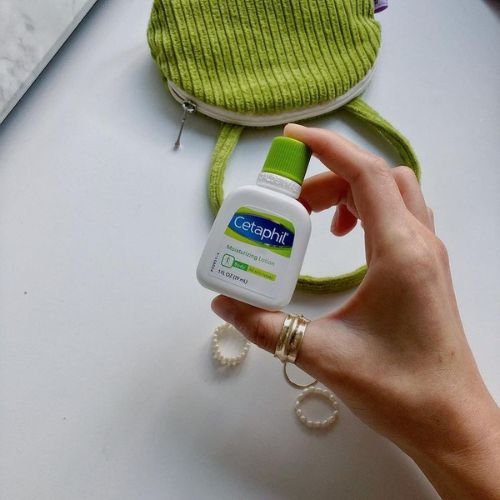
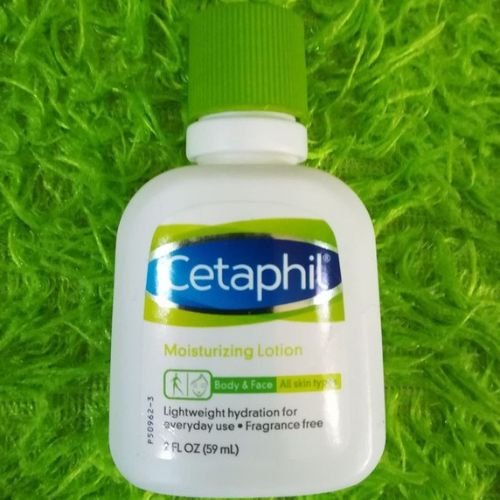
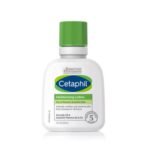
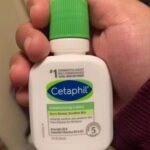
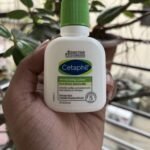
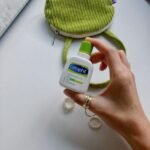
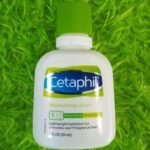





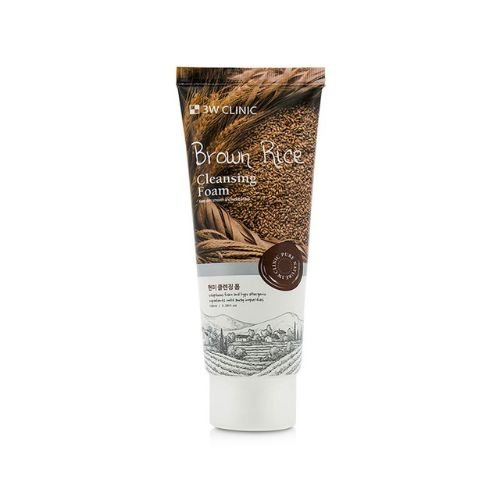
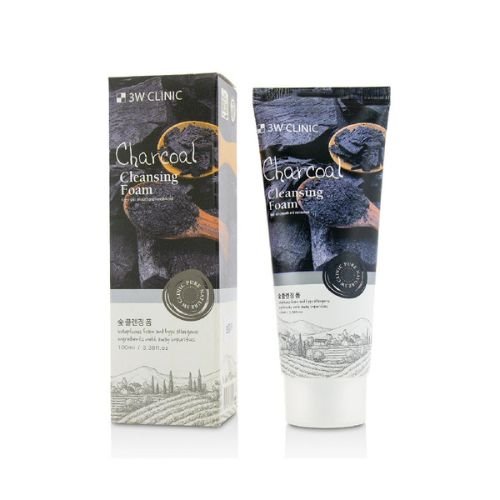
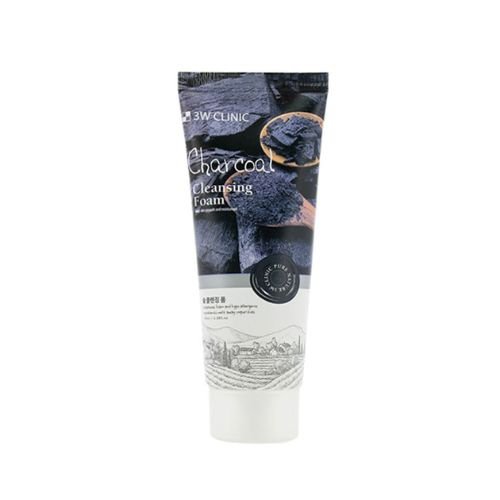
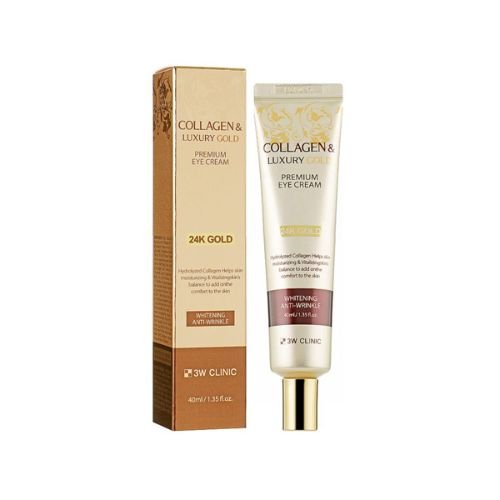
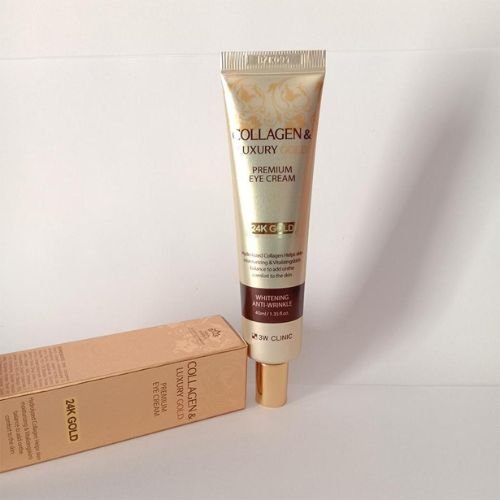

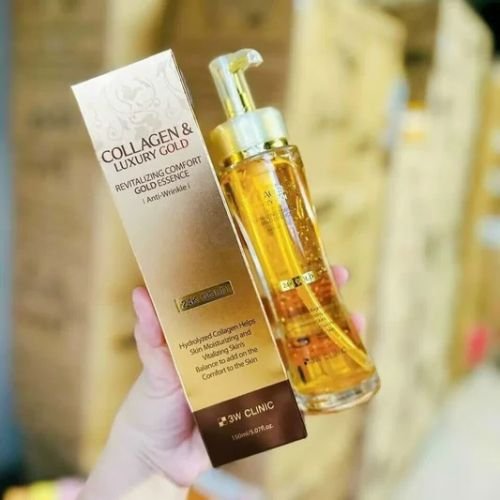

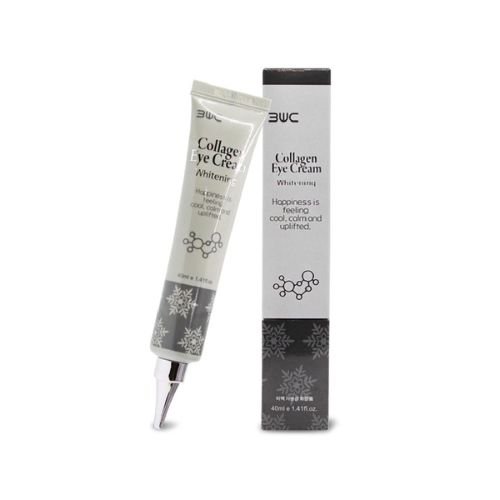
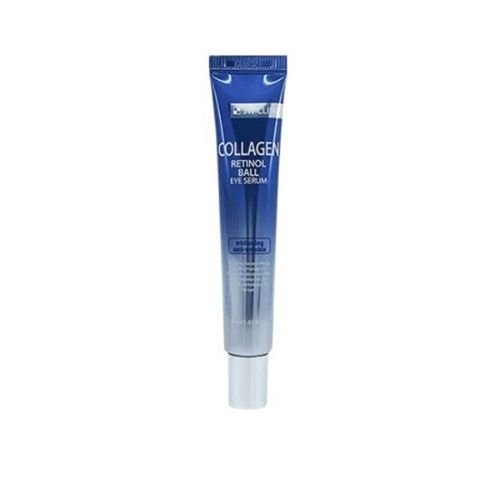

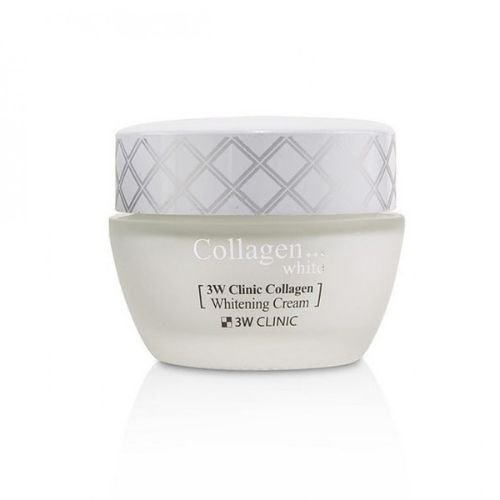
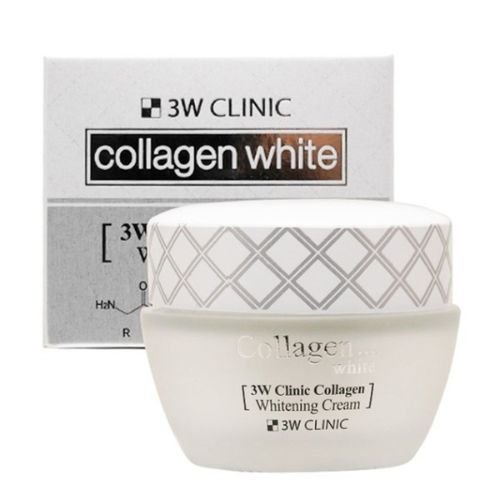


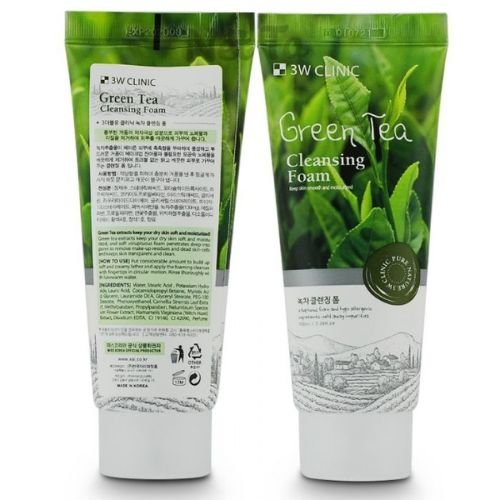
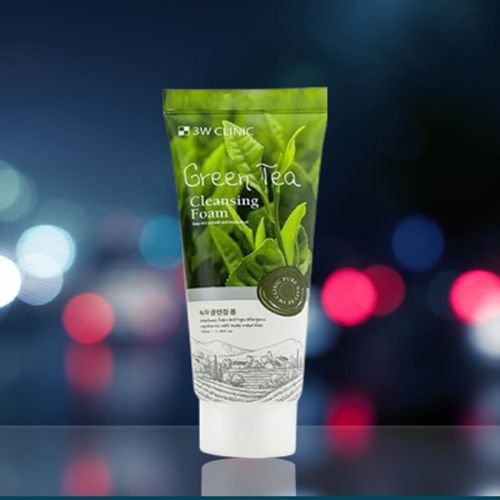









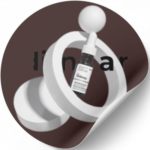



Reviews
There are no reviews yet.